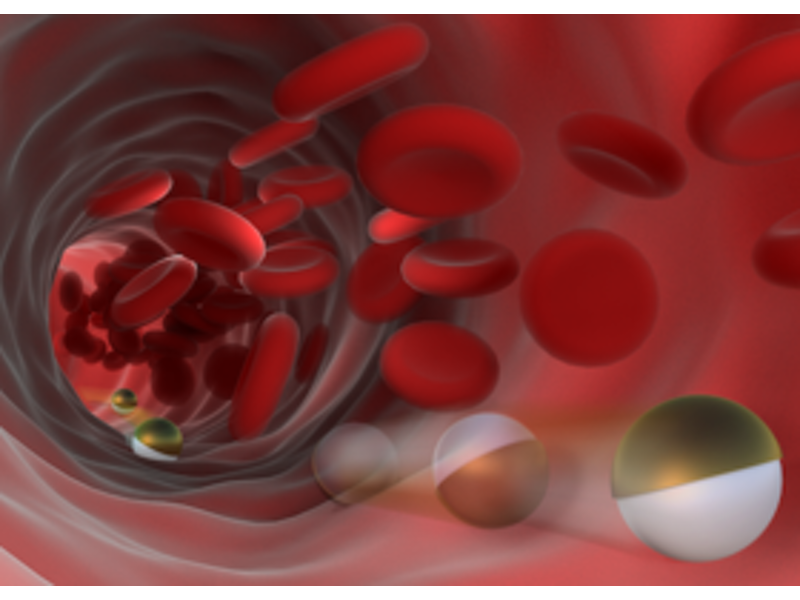
Tiny bots could deliver medicine through bloodstream
Researchers has developed a type of "micro-swimmer" powered by ultrasound waves. Swarms of these minuscule bots could someday be coursing through patients' bodies, delivering small but effective doses of medicine to specific sites.
This would enable people to take smaller but more effective doses of medicine, ideally leading to fewer side effects and toxicities because the medicine wouldn’t have to travel through the entire bloodstream to reach its intended destination.
Bots are free of weighty batteries — propulsion comes from the outside in the form of ultrasound waves that control two tiny air bubbles on the bots’ backsides.
The resin from which the bot is made is hydrophobic, when it’s submerged in liquid, an air bubble is trapped in each cavity. These bubbles are, in a sense, the micro-swimmer’s engine.
When ultrasound waves are aimed at the bubbles, it excites them, causing them to produce vortices that push the bot forward.
By changing the resonating frequency of the ultrasound waves, the researchers can generate more, or less, forward motion on either side of the bot, or tune the frequencies so that the bubbles push equally. So, the researchers can easily direct the bot where they want it to go by working the bubbles individually or together.
Once the resin material is replaced with something biodegradable, swarms of medicine-carrying micro-swimmers could theoretically be deployed in a patient’s body without causing harm.
 English
English Arabic
Arabic


